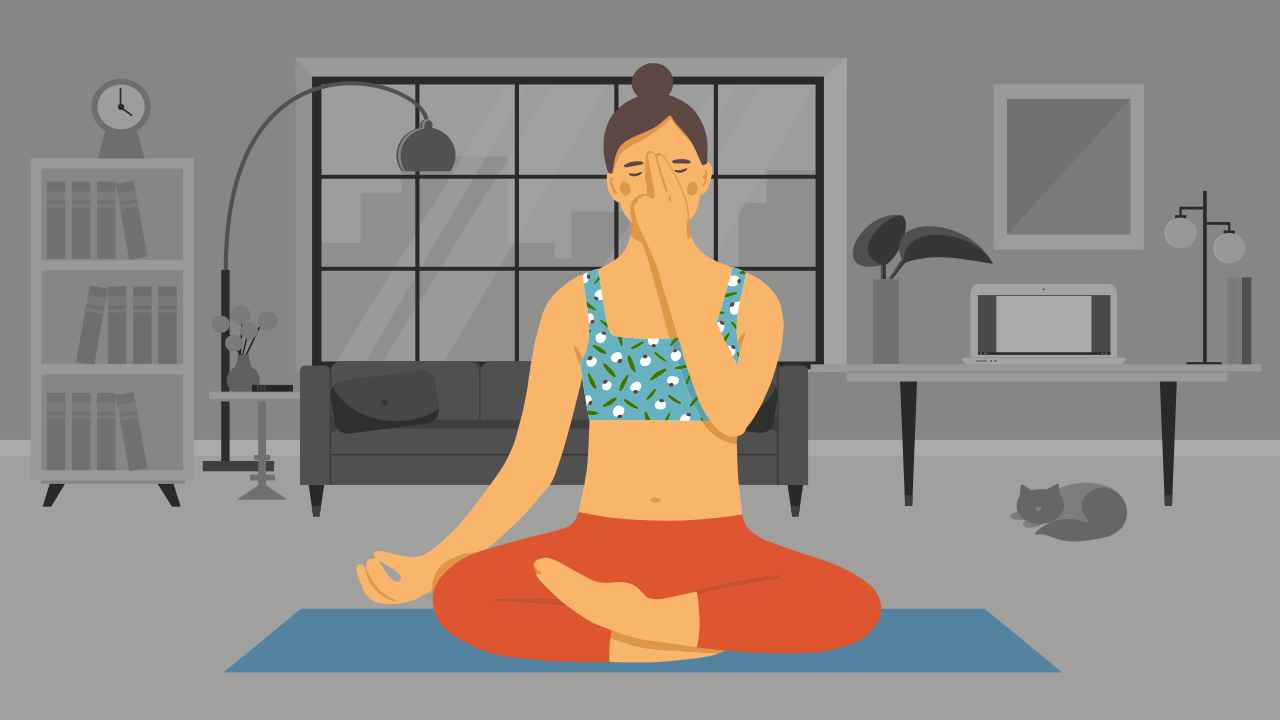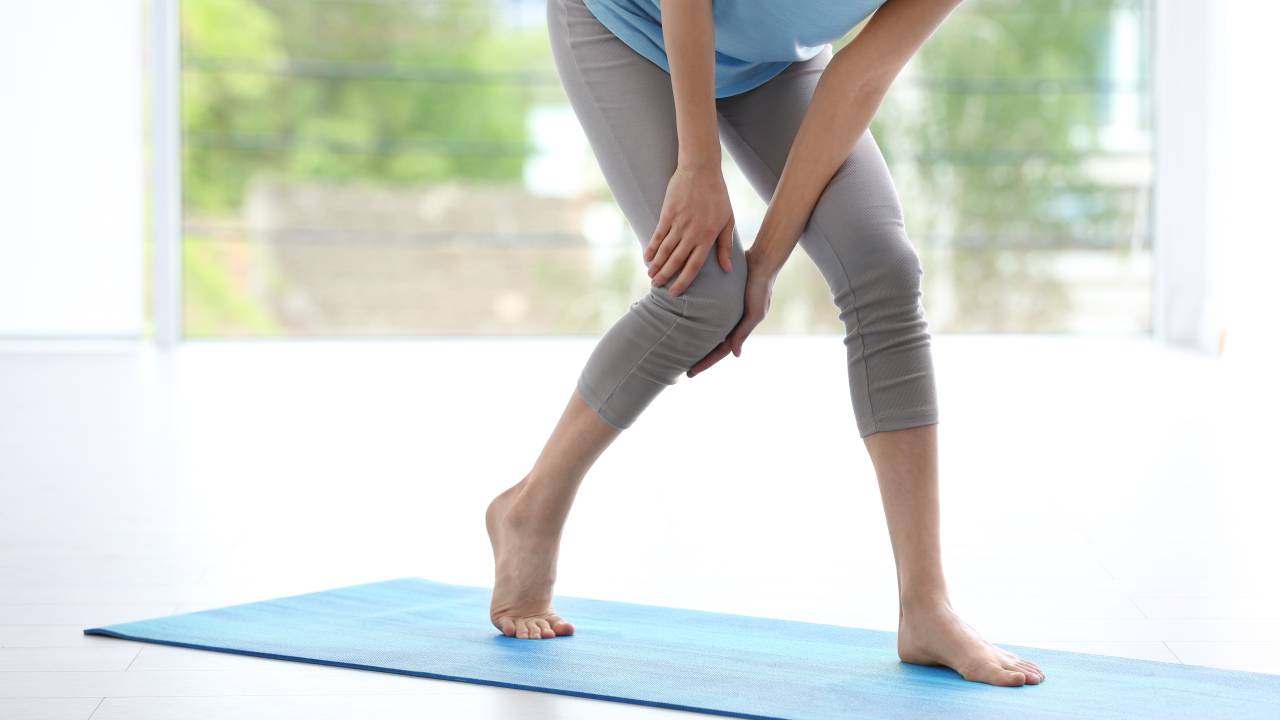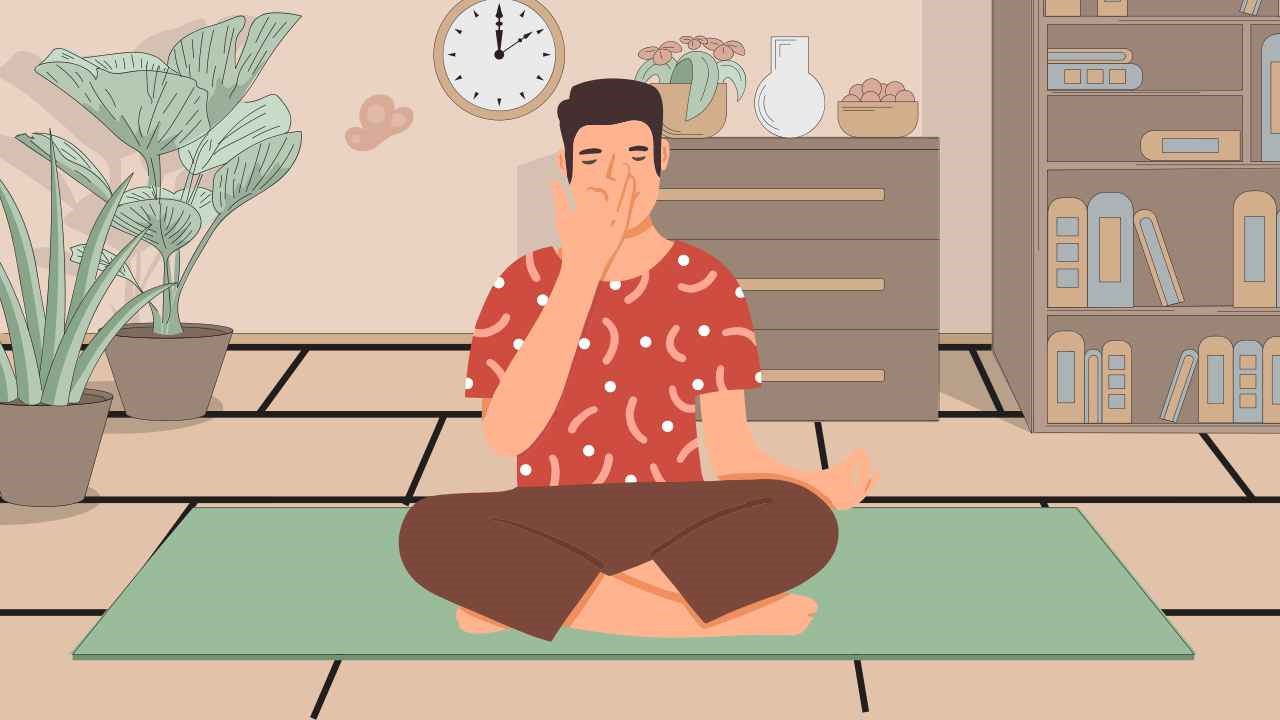
Should You Practice Yoga If You are Injured?

People are drawn to yoga for its therapeutic benefits. However, sometimes, yogis injure themselves during practice. Let’s find out about the fastest ways to recover and how to keep up a steady yoga routine even if you are injured.
What should you know while recovering from an injury?
The acute stage
This is the first stage after an injury. You might experience severe pain, inflammation and at times, bleeding. Rest is advisable for the first two or three days. Avoid performing any movements that might strain or aggravate the injury.
Rest, ice, compression and elevation (or RICE) are recommended to reduce pain and inflammation. Certain non-strenuous inversions such as legs against the wall may provide relief by stimulating lymphatic drainage. Elevation also helps if the injury is located in the lower body.
Be mindful of your body so as to prevent further damage. You may experiment with a few gentle movements and warm-ups after the swelling subsides, but refrain from any strengthening or stretching exercises with the injured muscle.
The sub acute
The body begins to repair the damaged tissue in this transitory phase. You might feel better and try to get back to your previous level of training. However, overstressing could stop the healing process and lead to re–injury.
After about one to three weeks, the symptoms may resolve. You may start with exercises that increase your range of motion such as Sukshma Vyama. Avoid dynamic flows or weight-bearing postures. Keep it simple through long holds and deep conscious movements to increase flexibility.
Watch out for any signs of pain, numbness, or tingling sensations. It is best to discontinue the practice temporarily if pain persists.
The chronic stage
The damaged tissue has been replaced with a new one, but the injury is not healed completely. You may return to your previous yoga practice, but avoid using excessive force on the affected area.
This is the remodelling phase, which lasts for six weeks or more after an injury. You may work on strengthening the repaired tissue, but need to avoid too much strain. You don’t want to re-injure yourself. Your physical therapist or a yoga therapist may guide you through this. It is important to note that yoga only acts as an aid for providing relief. It is not a substitute for conventional healing therapy.
Begin again
Here are some tips to help you restart yoga practice after the symptoms of injury have been resolved.

Embrace modifications
Understand that your body has been through trauma and is still healing. Try to be gentle with it. It may not be able to give its best, so do not fret if you skip a few poses.
Your practice is not a competition, so place your hands and knees anywhere as long as it feels comfortable and effortless. A modified version of a pose still counts as yoga.
Bring out those props
Props are great and should be used whether you are injured or not. They will help you move slowly and mindfully, and ensure that you maintain your alignment and prevent future injuries. Yoga blocks, yoga straps, blankets, pillows, cushions, and yoga wheel are all excellent aids and provide comfort in almost all poses.
Using props or restorative forms of yoga can help you set your body’s balance, recover from your injury, and at times, heal it.
Also read: Yoga Props: A Beginner’s Guide to Safe Practice
Be patient with your body
Give yourself time to heal. Yoga is a journey, not a race. Take the time and space to heal and recover. Begin with a 15-minute class on your first day and take it from there.
It pays to remember that your body needs care and time to heal. Getting frustrated and pushing it beyond its capacity would only bring on more injuries and pain. Yoga is after all, about listening to your body and mind to take a journey within.
References
1. Burgin T. Practicing Yoga with Common Injuries. Yoga Basics. https://www.yogabasics.com/practice/yoga-for-beginners/yoga-with-common-injuries/ (accessed on Mar 4, 2021).
2. Frail J. Stages of Healing After an Injury. Cawley Physical Therapy & Rehabilitation. 2019; published online Apr 4. https://www.cawleypt.net/2019/04/04/stages-of-healing-after-an-injury/ (accessed Mar 4, 2021).
3. Asher A. 3 Stages of healing a back injury. Verywellhealth. https://www.verywellhealth.com/after-an-injury-inflammation-296941 (accessed Mar 4, 2021).
4. Yoga And Lower Back Pain, How Yoga Can Help Healing. Telefeedcast. 2021; published online Feb 28. (accessed Mar 4, 2021).
5. Graves G. 18 Health Issues Yoga Can Heal—And How To Make It Work For You. Medical Yoga Cures. 2015; published online Oct 5. (accessed Mar 4, 2021).
6. Fairburn E. 6 Tips for Practicing Yoga when injured. ElyseFairburn.com https://www.elysefairburn.com/post/6-tips-for-practicing-yoga-when-injured (accessed Mar 4, 2021).














